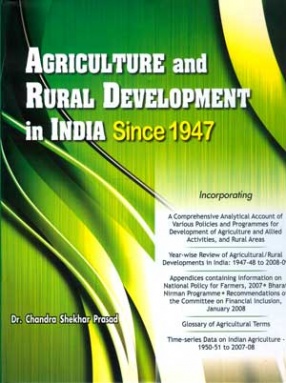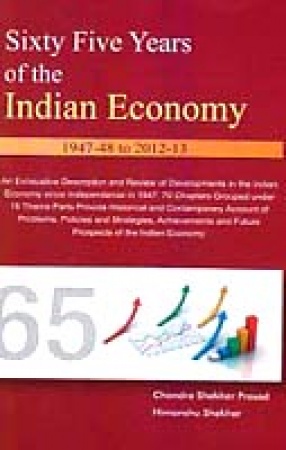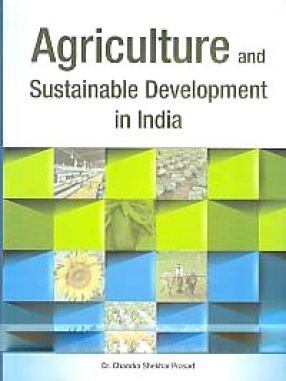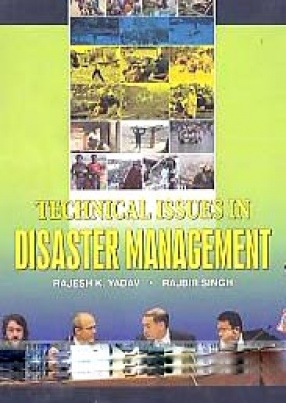On the eve of Independence in 1947, Indian agriculture was characterized by feudal land relations and primitive technology, and the resultant low productivity per hectare. As a consequence, rural India presented a picture of mass poverty and widespread unemployment and under-employment. Therefore, the fist task of the Government in the immediate post-Independence period was to initiate growth process in agriculture on modern lines. Modernization of agriculture was required both in term of technological and institutional changes.
The Mid-term Appraisal of the Tenth Five Year Plan (2202-07) drew attention to the loss of dynamism in agriculture and allied sectors after the mid-1990s. Hence, various policy initiatives have been taken in recent years to promote the agricultural sector. These have included the following: (a) National Agriculture Policy, 2000, (b) Vishesh Krishi Upaj Yojana, 2004, (c) National Horticulture Mission, 2005, (d) National Policy for Farmers, 2007, (e) Comprehensive District Agriculture Plan, 2007, (f) Rashtriya Kirishi Vikas Yojana, 2007 and (g) National Food Security Mission, 207.
The impulses of economic reforms have been relatively less in scope and depth in the agricultural sector. Reforms in this sector were introduced only towards the end of the 1990s. These have included, inter alia, the following: (a) partial decontrol of fertilizer prices, (b) removal of bottlenecks in agricultural marketing, (c) relaxation of restrictions under the Essential Commodities Act, 1955 and (d) introduction of forward trading in important commercial crops.
Similarly, various schemes/programmes have been lunched for rural development including the following: (a) Indira Awass Yojana, 1986, (b) Rural Infrastructure Development Fund, 1996, (c) Swarnjayanti Gram Swarozgar Yojana, 1999, (d) Total Sanitation Campaign, 1999, (e) Pradhan Mantri Gram Sadak Yojana, 2000, (f) National Nutrition Mission , 2001, (g) National Rural Employment Guarantee Act, 2005, (h) National Rural Health Mission, 2005, (i) Rajiv Gandhi Grameen Vidyutikaran Yojana, 2005, (j) Bharat Nirman, 2005 and (k) Prime Minister Employment Generation Programme, 2008. The present work traces development in Indian agriculture and transformation of rural India during the post-Independence period. It explains the key reform measures undertaken for the modernization of agriculture and raising the standard of living of the rural population. Part I of the book, containing 15 chapters, provides a detailed description of the various aspects of agricultural development in India since Independence in 1947. Part II contains 11 chapters which deal with various programmes/schemes to improve the quality of life of the rural masses. Part III provides year-wise review of agriculture developments in India, covering the period 1947-48 to 2008-09. Part IV consists of appendices which provide relevant material on different aspects of Indian agricultural and rural development. Part V contains glossary of agricultural terms. Part VI contains time-series data (1950-51 to 2007-08) on Indian agriculture.








There are no reviews yet.